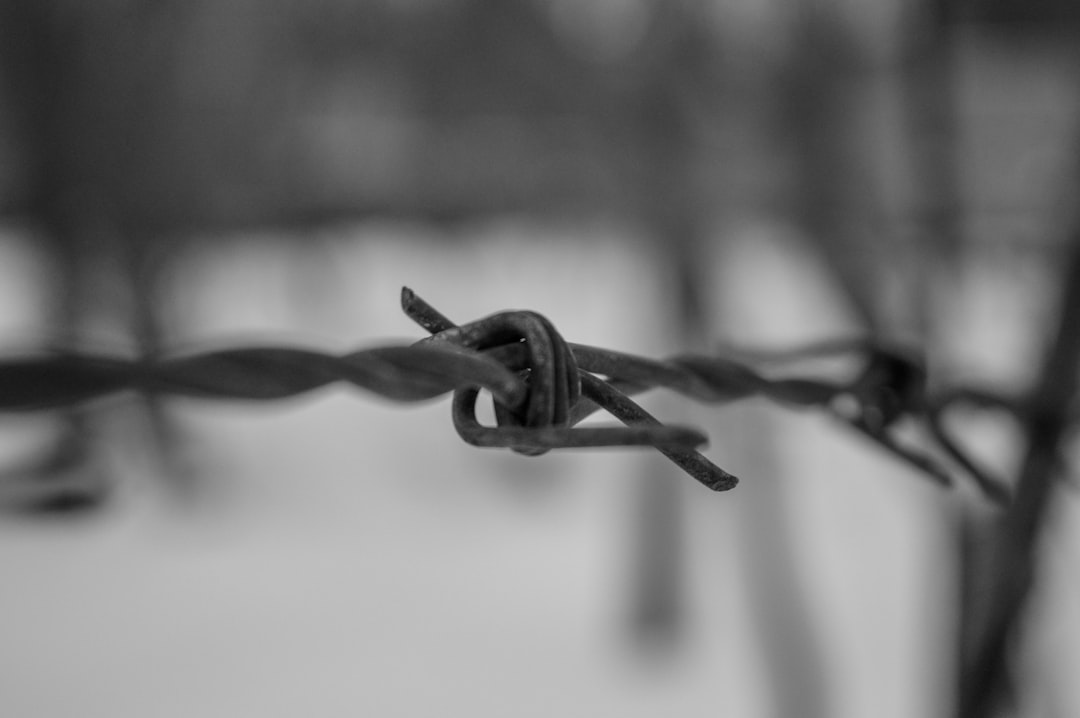When browsing a website, you expect a seamless and secure connection, especially when HTTPS is involved. However, encountering an error message such as “SSL Handshake Failed (Error 525)” can be both frustrating and concerning. This error typically occurs when using Cloudflare as a reverse proxy and indicates that there was a failure during the SSL handshake between Cloudflare and the web server — not between the client and the browser. Understanding the meaning, causes, and solutions to this error is paramount for web administrators, developers, and business owners who rely on secure web applications.
What is an SSL Handshake?
An SSL handshake is part of the process of establishing a secure HTTPS connection. When a user attempts to visit a secure website, their browser and the web server perform a series of checks and exchanges known as the SSL handshake. This process ensures that both parties are who they claim to be and agrees on the encryption methods to use for communication.
If there’s any failure in this negotiation process—whether due to incompatible encryption settings, expired certificates, or misconfigurations—an error will occur, and the connection won’t be established.

Understanding Error 525
Error 525: SSL Handshake Failed occurs specifically when the SSL handshake between Cloudflare and your origin server fails. It’s not caused by the visitor’s browser but rather the web server behind Cloudflare. Importantly, this issue is more frequent in Cloudflare’s Full SSL (Strict) setting, which requires a valid certificate on the origin server.
How It Works
To clarify, here’s how the request flow works in a typical setup:
- User’s browser connects to Cloudflare using HTTPS
- Cloudflare then connects to the origin server using its own HTTPS handshake
- If Cloudflare can’t verify the origin server’s certificate or complete the handshake, Error 525 is thrown
Common Causes of SSL Handshake Failed (Error 525)
There are several potential reasons behind a failed SSL handshake. Below are the most frequent causes:
1. SSL Certificate Not Installed or Invalid on Origin Server
Your origin server must have an SSL certificate installed in order for a secure connection to be established with Cloudflare. If the certificate is missing, expired, self-signed (when using Full SSL Strict), or invalid, the handshake may fail.
2. Incompatible SSL Settings
SSL protocols and cipher suites must be compatible between Cloudflare and your web server. If the web server uses deprecated or unsupported encryption methods, the handshake cannot proceed.
3. Origin Server Blocking Cloudflare’s Requests
Sometimes, firewalls or security applications may misidentify Cloudflare’s IPs or SSL certificates as threats, causing the web server to reject connection attempts. This can interrupt the SSL handshake.
4. Port Configuration Issues
Cloudflare only supports a specific set of ports for HTTPS traffic. If your server is using a non-supported port, the handshake won’t complete successfully.
5. TLS Version Mismatch
If your origin server supports only outdated versions of TLS (like TLS 1.0 or 1.1), but Cloudflare requires TLS 1.2 or higher, the SSL handshake will fail. Likewise, disabling older protocols without making necessary Cloudflare adjustments can also trigger this error.
6. Server Overload or Downtime
Occasionally, the error might be due to the server being overloaded or temporarily unavailable. When the origin server cannot respond in time, the handshake fails and Cloudflare displays Error 525.

Solutions to Fix SSL Handshake Failed (Error 525)
Resolving Error 525 involves checking both your origin server’s SSL configuration and how it interacts with Cloudflare. Here are the steps you should follow:
1. Verify SSL Certificate Installation
Ensure that your origin server has a valid SSL certificate installed. This can be a certificate issued by a trusted Certificate Authority (CA). You can use tools like SSL Labs or cPanel’s SSL checker to confirm certificate status.
2. Check Cloudflare SSL Mode
In Cloudflare, navigate to:
- SSL/TLS tab in your dashboard
- Select the correct SSL mode
If you’re using Full (Strict), your origin server must have a valid certificate. If you’re unable to install a proper certificate, you can temporarily use Full mode (non-strict), although this is not recommended for production environments due to reduced security.
3. Check Server Configuration and Cipher Suites
Ensure your server supports required SSL protocols and cipher suites. You may need to update your ssl.conf or similar configuration files to enable compatible settings.
4. Whitelist Cloudflare IPs
If your server firewall is blocking Cloudflare’s requests, reference the following IPs from Cloudflare and whitelist them in your firewall configuration:
This step is crucial especially if you’re using third-party DDoS protection or custom security rules.
5. Check Open Ports
Make sure your origin server is listening on one of the supported Cloudflare HTTPS ports, which include:
- 443 (Standard HTTPS)
- 2053, 2083, 2087, 2096, 8443
If your server is responding on a non-supported port, Cloudflare won’t be able to complete the SSL handshake.
6. Upgrade TLS Version
Cloudflare supports TLS 1.2 and higher. Ensure your web server is configured to accept these versions. Also, disable outdated TLS versions like 1.0 and 1.1 which are considered insecure and often not supported by modern CDN platforms.
7. Restart Web Server and Re-check DNS Settings
If all configurations seem right, yet the error persists, try restarting your web server to clear any temporary issues. Also, verify that your DNS settings in Cloudflare point to the correct origin IP address.
Proactive Measures to Avoid Error 525
Apart from fixing the error when it occurs, adopting these preventative practices can help ensure long-term stability:
- Automate SSL renewals with Let’s Encrypt or other CA tools to prevent expiry
- Regularly test your site’s SSL/TLS health using scanning tools
- Keep your SSL libraries (like OpenSSL) up to date on your origin server
- Monitor server uptime and performance with alerting systems
Conclusion
Error 525 is a Cloudflare-specific error indicating a failed SSL handshake between Cloudflare and your origin server. Though it may seem complex, resolving this error is mostly a matter of proper cert installation, firewall configuration, and server compatibility. By following the steps outlined in this guide and adhering to best practices in SSL management, you can maintain secure and uninterrupted service for your website visitors.
If the issue still persists after executing all checks and modifications, it’s advisable to reach out to your hosting provider or Cloudflare support for deeper analysis. Ensuring a secure and trusted online presence is not just about resolving issues but about preventing them before they affect your users.
